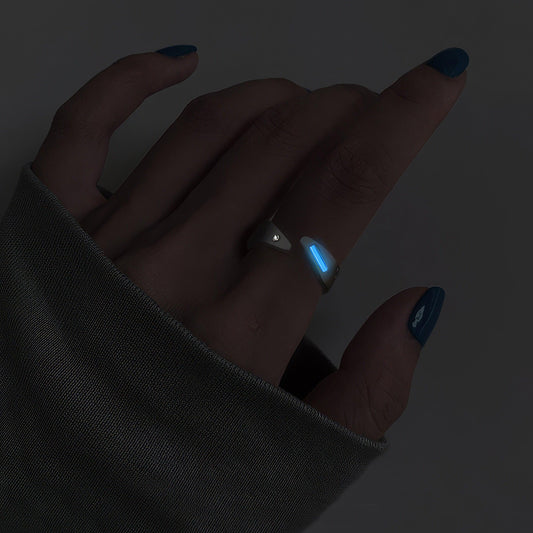Ring Placement More Than Just a Fashion Choice
Ring Placement More Than Just a Fashion Choice
I remember the time my grandmother handed me her cherished amethyst ring. As she slid it onto my right index finger, she mentioned it was the very finger my great-grandmother had worn it on. At the time, I didn’t give much thought to which finger it adorned; it was just a matter of fit. However, as I’ve come to learn, the placement of a ring can be as significant as the piece itself.
In Western cultures, the left ring finger is iconic for its association with engagements and weddings. This tradition, dating back to ancient Rome, is rooted in the belief that the vein in this finger, the “vena amoris,” directly connects to the heart. While modern anatomy has debunked this myth, the symbolism has endured, intertwining love and commitment into the fabric of our cultural consciousness.
But there's more to ring placement than weddings and engagements. Each finger can tell a different story or convey a distinct sentiment. For instance, wearing a ring on the thumb might suggest individuality or freedom. This is less traditional in Western contexts but gaining popularity as personal expression becomes more valued and fashion trends continue to evolve. I once had a friend who wore a wide, leather-banded ring on his thumb, claiming it made him feel like a renegade artist, steering his own course regardless of societal norms.
The middle finger, being the longest and most central, can symbolize balance and responsibility. I recently met a former colleague who sported a striking silver band on his middle finger. When I asked about it, he explained that it was a reminder to him to maintain harmony in his hectic schedules—a sort of talisman for peace amidst chaos. It was fascinating to see how a simple piece of jewelry could serve as both a personal emblem and a stylish accessory.
Cultural connotations don’t stop there. In the Victorian era, ring placement could communicate everything from social status to marital availability. Women would wear specific stones on certain fingers to signal their openness to suitors or to indicate their family’s wealth. Today, though less prescriptive, rings can still speak volumes. Consider the rise of stacking rings, which allows for personal stories to be told through unique combinations of metals and gems, reflecting the wearer’s taste and personality.
Personal stories and evolving customs highlight how meaningful such an ordinary choice can be. Whether inherited from family or chosen from a modern collection, the finger you choose to wear a ring on could reflect a legacy, a personal belief, or simply a style preference. Each placement offers a layer of personal narrative, adding depth to what might initially seem like a frivolous accessory choice.
Reflecting on these layers of meaning, I often wonder about the stories behind others’ rings. Perhaps that's why I’m so drawn to these pieces; they are silent narrators of our lives, saying so much without uttering a single word.




























